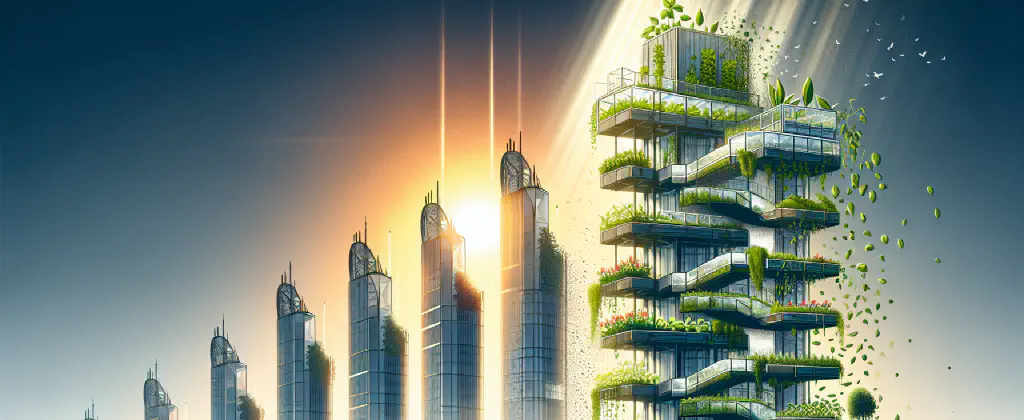13. December 2023
The Rise and Fall of Vertical Farming Startups

Vertical farming, once hailed as a potential revolution in agriculture, seems to have faded into the background. Despite the initial hype and substantial investment, many vertical farming companies have ultimately disappeared from the scene. This begs the question: what happened? In order to understand the challenges faced by vertical farming startups, it’s important to examine the assumptions upon which they were built and consider the insights shared by experts in the field.
Flawed Assumptions and Outsiders
The idea behind vertical farming was rooted in the belief that traditional farming and food production methods were antiquated and inefficient. Entrepreneurs and tech enthusiasts saw an opportunity to revolutionize agriculture by applying the latest technologies. However, not everyone agreed with this premise. Tom Howard, who has been working in ag-tech for a decade, argued that farming doesn’t necessarily need a technological revolution. While there are areas that can be improved, such as reducing environmental externalities and resource consumption, these issues require a deep understanding of the field and long-term dedication rather than outsiders with messiah complexes.
The Efficiency of Farming
One crucial insight shared by Bryan Larsen, an expert in ag-tech, is that people often underestimate the efficiency of modern agriculture. He pointed out that the price of wheat has remained relatively stable over the centuries, indicating an inflation rate of about 0.1%. Additionally, a typical dryland wheat farm can feed around 100,000 people with just 5,000-10,000 acres of land. Modern agriculture has become highly efficient in producing grains and legumes at an affordable cost.
The Sustainability Question
While modern agriculture may be efficient in terms of food production, it is not without its challenges. Critics argue that it is not sustainable in the long run, leading to ecosystem destruction, soil degradation, groundwater depletion, and the use of pesticides and fertilizers. However, the counter-argument is that modern agriculture has shown resilience and the ability to adapt. It has gone through various transformations over the years, addressing some of these issues and working towards more sustainable practices.
The Real Costs
One important aspect that often gets overlooked is the external costs associated with food production. The true price of farming goes beyond the monetary value of the final product. It includes factors like the environmental impact, labor, machinery, energy, and the entire supply chain involved in bringing food to our tables. Insider @veddox noted that reducing land area used for agriculture is crucial for preserving biodiversity and addressing the growing pressure on land in densely populated regions. However, the solution lies in reducing food waste and meat consumption rather than solely relying on vertical farming.
Lessons Learned
While vertical farming may have lost its initial momentum, there are valuable lessons to be learned. It is crucial to avoid overgeneralizing the inefficiencies of traditional farming and to recognize the complex nature of the agricultural industry. Instead of seeking a complete overhaul, the focus should be on continuous improvement and sustainable practices. By addressing challenges such as food waste and meat consumption, we can increase food output without solely relying on technological advancements. Innovation in the agricultural sector is undoubtedly necessary, but it should be grounded in practicality, deep knowledge, and collaboration between industry insiders and external innovators.
In conclusion, vertical farming startups may have disappeared, but the conversation around innovation in agriculture continues. The key is to strike a balance between technological advancements and the practical realities of the industry. By understanding the efficiency and sustainability of modern agriculture, recognizing the true costs of food production, and embracing collaborative efforts, we can work towards a more resilient and sustainable agricultural future.